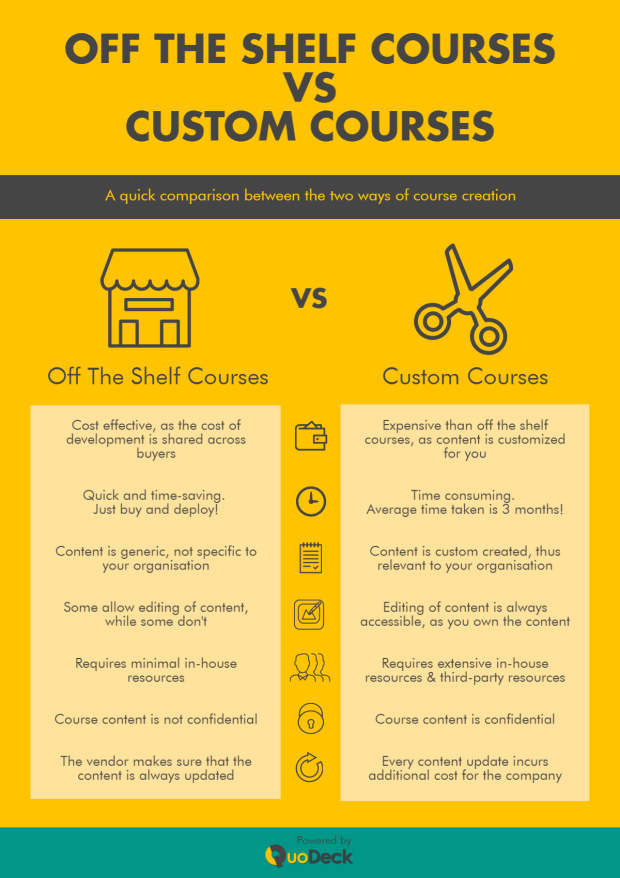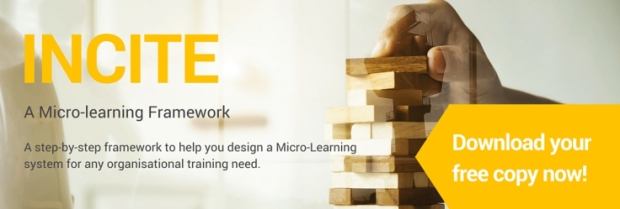
Designing a learning system for any organisation is a critical task. It’s not easy, given the fact that one has to consider the various departments in an organisation and understand their training requirements. Not to forget, coordinating and collaborating with different entities like Learning Consultant, Human Resources, IT and so on. One often gets confused on where to begin.
The good news is, once you finish reading this article, you will know exactly how to start and where to start.
Ladies and Gentlemen, presenting … The INCITE Micro-learning Framework – a step-by-step framework to help you design a Micro-Learning system for any organisation’s training need.
I am going to write down a brief synopsis of this framework which should be enough to help you get started. (Download the full whitepaper here)
Step 1 – Implementation
Understanding the objective of the micro-learning system
The first pillar of this framework is to discover the ask from the micro-learning management system and establish the constraints around organizational processes, technology and learner psychology. This will ensure that you stay focused throughout the process and will help you in your decision-making process.
Step 2 – Navigation
Establishing the flow of the learning content
Depending on the objective, the flow of the learning has to be established next. An established concept in Formal Learning design, creating a learning flow is akin to establishing curriculum and lesson plans for a course. In simple words, how do you want your learner to access your content. Should all the topics be accessible at the same time as a library? Or one needs to go through all topics in a particular sequence?
Step 3 – Content
Creation of micro-learning content
Micro-learning content is very distinct from regular e-learning content. It is driven by criticality of information, which in turn drives size and form of the content. Ensure that the content is developed keeping in mind that it is for a micro-learning system. (Read more: How to design micro-learning content in 4 easy steps)
Step 4 – Interactivity
Deciding on the interactive elements in the course
A learning system targeted towards the modern learner has to engage first and explain quickly. This makes it essential to embrace a participative pedagogy delivered through interactivity. Decide on the level of interactivity and the elements which would go well with your learners. It could be a quiz, or a video, or a game.
Step 5 – Testing
Deciding on the assessment criteria for the learner
The modern learner has typically grown up in a very connected social context, with high doses of competition and a healthy dose of skepticism towards authority. Modern testing methodologies have to account for these attitudes. The usual ones like online quizzes might not work here. Try exploring options like games or simulations. These are more engaging and effective.
Step 6 – Effectiveness
Measuring the learning outcome
Of all organizational processes, learning is perhaps the least measurable, reducing the focus and importance of this function in spite of its criticality for the organization. Measurement of learning effectiveness is critical to the success of any learning system.
That’s it! You are ready.
In case you want to know more about The INCITE Micro-learning Framework, you can download the complete whitepaper here – http://goo.gl/47iWZn
Also, if you need help in setting up a micro-learning system for your organisation, feel free to get in touch with me at deepak@quodeck.com.
 Created using Piktochart
Created using Piktochart









